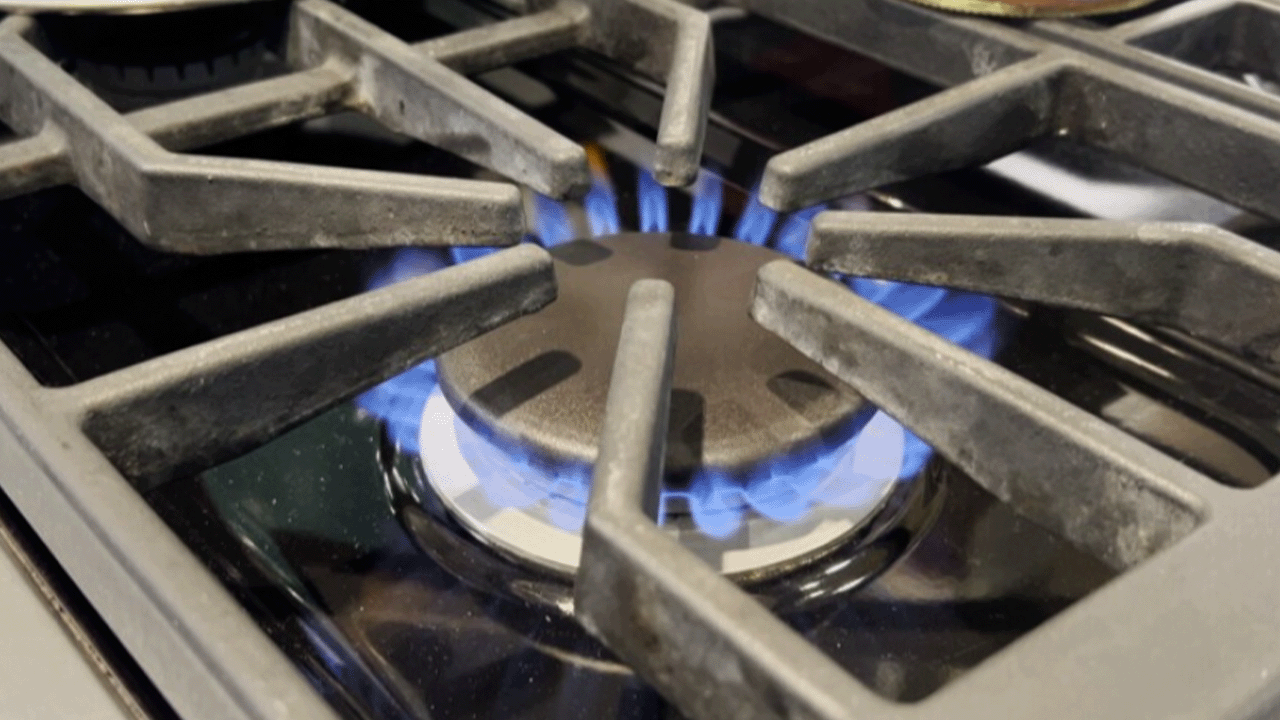BUFFALO, NY (WKBW) — In the wake of a major carbon monoxide leak at the Holiday Twin Rinks in Cheektowaga Wednesday night, that left more than 100 children and adults sick, 7 News wants to remind you about keeping your home protected from CO.
Investigators say a faulty heat exchanger was the cause of the leak, but none of the facility's CO detectors were working at the time.
Public safety experts remind us about the importance of home CO detectors to protect you and your family.

Carbon monoxide is referred to as the "silent killer". Very high levels of this toxic gas can kill you in minutes.
“Any situation is severe when it comes to carbon monoxide,” reflected Ron Barrett, deputy commissioner, Buffalo Fire Department.
Winter can create a bigger threat inside your home for you and your family because you could have a faulty furnace, heater, or gas stove that could cause poisonous gas to build up.

“What is your advice to families in their homes to be safe?” Buckley asked.
“I would say the biggest thing is to be just aware, if you see something like your stove, for example, his orange red flag instead of a bright blue or green flame. that means you might have problems stove; it could be producing carbon monoxide. If you're seeing some excessive condensation on your windows, that means the ventilation problem that is not venting properly, so again you could have a carbon monoxide buildup in the home,” replied Barrett.

Nearly 15 years ago West Seneca teenager Amanda Hansen died of CO poisoning while sleeping at a friend's home with a defective boiler without any warming. That led to the creation of a state law known as Amanda’s Law in 2010.

Amanda's Law requires that all homes have CO detectors, including existing homes, new homes, two-family dwellings, multifamily dwellings, and rental properties.
“We recommend that you put one outside of every sleeping area, every bedroom. Also, in the basement for your furnace and where your other heating units are. It's also good to have on the first floor just in case you have a problem with your stove,” Barrett explained.

But remember don't just install and forget about it.

“Testing — this is very loud,” sounds the CO detector when you push the test button.
Make sure you test your home carbon monoxide detectors. Under New York State’s #AmandaLaw all homes are required to have them. It can save your life from potential CO poisoning. @WKBW pic.twitter.com/K2l0VDirvi
— Eileen Buckley (@eileenwkbw) December 29, 2023
Your home CO detectors should be tested regularly.
“We always encourage the residents to test their smoke detectors and carbon monoxide detectors twice a year and change the batteries in your home,” remarked Jason Tolsma, director, Emergency Services & Safety, Town of Cheektowaga.
You should also replace those CO detectors every five to ten years.

“What should I do if my home detector went off?” Buckley questioned. “Immediately, you want to get your family — everybody's in the home — outside — in the fresh air. You never want to assume it's a problem with the detector or a low battery — always assume it's a real live event. once you get outside then you want to make the 911 call. You don't want to do this stuff from inside the home,” responded Barrett. “But just take everything as a true emergency. Get everybody out of the home.”

Both Barrett and Tolsma remind you that symptoms from the toxic gas can mimic the flu.
“We are in flu season, so that makes it even much more difficult to try to determine on your own, whether or not it’s just the flu or something more severe, like CO poisoning,” Tolsma noted. “Since carbon monoxide is colorless, odorless, and tasteless, you can not determine it without a blood test to figure out how much carbon monoxide is in your body.”




